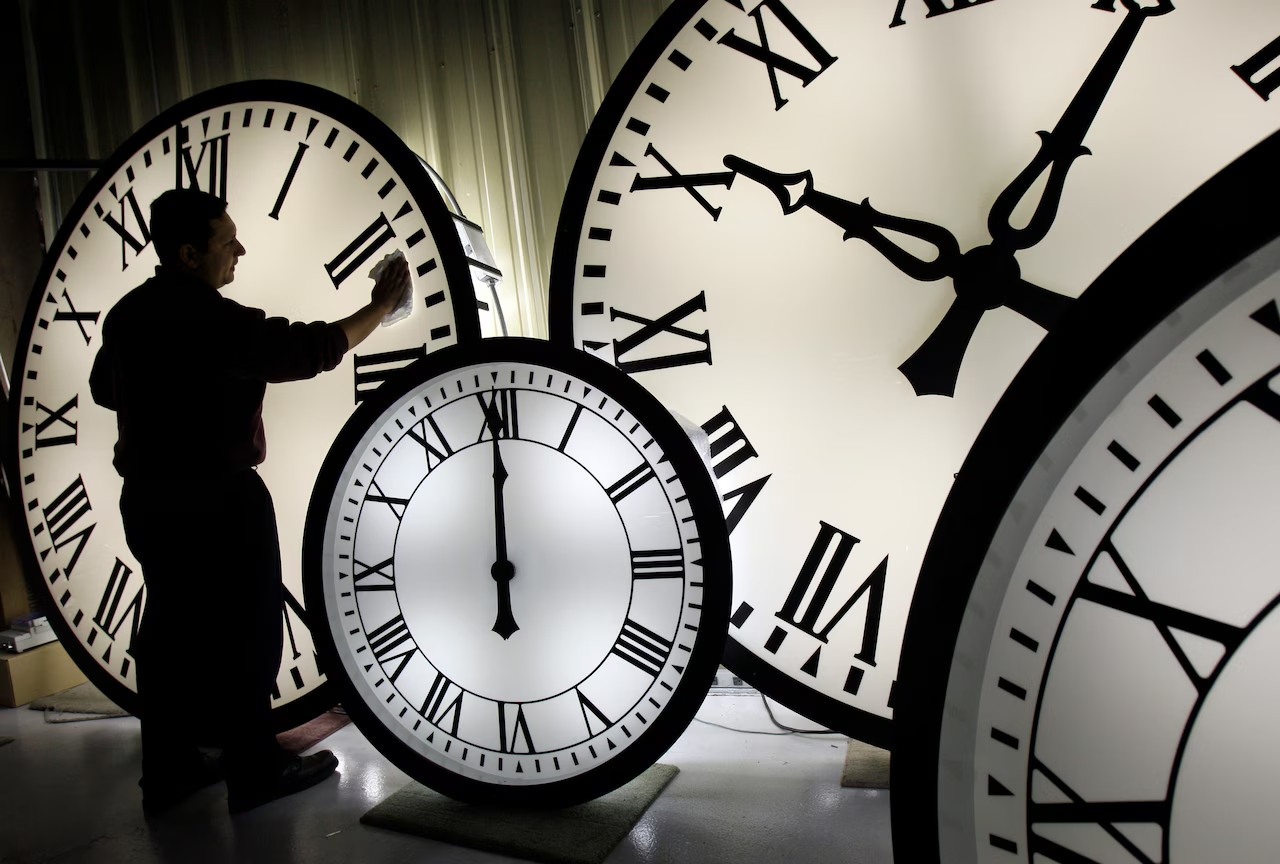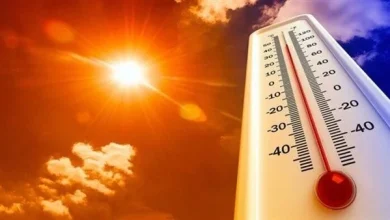Earlier sunsets return to Cleveland after daylight saving time ends: Here’s what to expect

CLEVELAND, Ohio — The long, dark evenings that define late fall and most of winter are about to arrive in full force.
Daylight saving time ends at 2 a.m. Sunday, Nov. 2, when clocks “fall back” one hour — and daylight fades noticeably earlier. In Cleveland, Saturday’s 6:21 p.m. sunset becomes 5:20 p.m. on Sunday, nearly an hour earlier.
The shift marks the beginning of the season’s early dusks, when the sky glows orange before most people have even left work.
Sunsets will keep getting earlier for several more weeks, reaching their earliest point between Dec. 5 and Dec. 11, when Cleveland’s sun dips below the horizon at 4:56 p.m., according to timeanddate.com.
Even though the winter solstice on Dec. 21 is the year’s shortest day, sunsets actually start getting a bit later by then — hovering near 5 p.m. — while sunrises keep sliding later into early January.
While evenings grow darker, mornings will briefly feel brighter. Cleveland’s sunrise will shift from about 7:58 a.m. on Saturday to 6:59 a.m. on Sunday, giving commuters an earlier taste of daylight — at least for a few weeks. By mid-December, though, sunrises will again creep later, topping 7:50 a.m. before gradually brightening after the new year.
By late January, Cleveland sunsets will again stretch past 5:30 p.m., signaling the slow but steady return of evening light after nearly three months of short days.
When do 6 p.m. sunsets return to Cleveland?
When it comes to 6 p.m. sunsets, the next time the sun will dip below the horizon that late in Cleveland will be Feb. 15. Not long after, sunsets will shift from 6:24 p.m. on March 7 to 7:25 p.m. on March 8 when daylight saving time starts again.
Daylight saving time was first widely adopted in the United States during World War I as a way to conserve fuel and make better use of daylight hours. The practice was standardized nationally in 1966 with the Uniform Time Act and has been adjusted several times since, most recently in 2007, when Congress extended it by several weeks.
Despite recurring debates about whether to end the clock changes altogether, the U.S. still observes daylight saving time from the second Sunday in March through the first Sunday in November.
If you purchase a product or register for an account through a link on our site, we may receive compensation. By using this site, you consent to our User Agreement and agree that your clicks, interactions, and personal information may be collected, recorded, and/or stored by us and social media and other third-party partners in accordance with our Privacy Policy.





